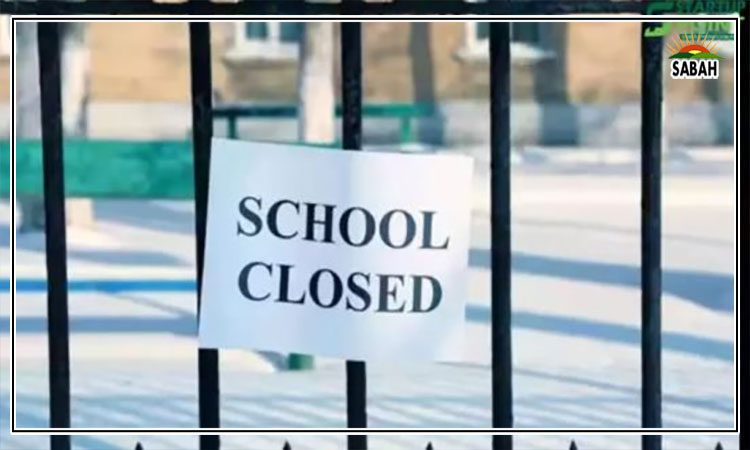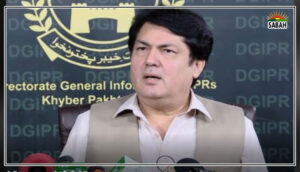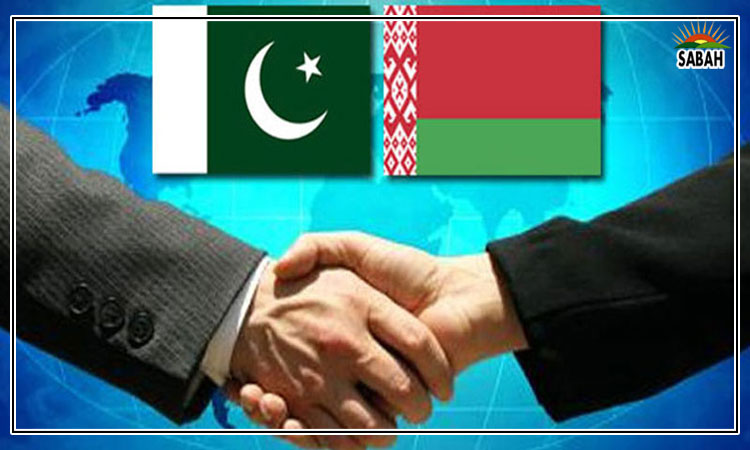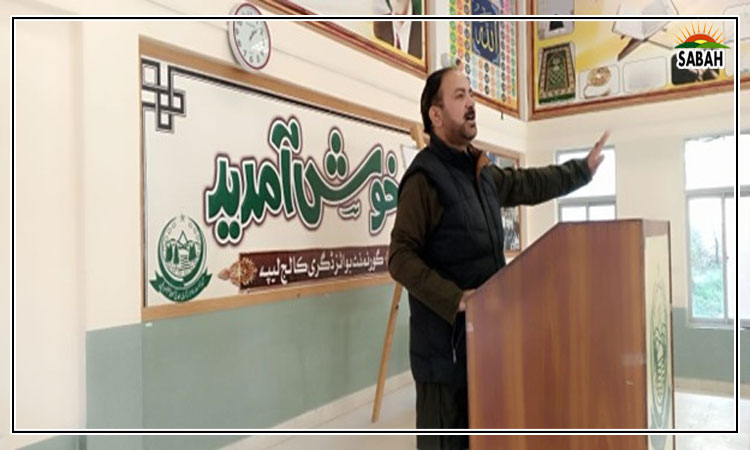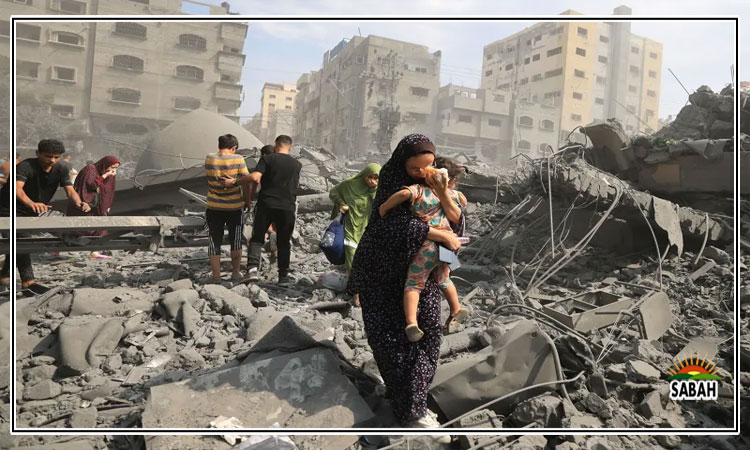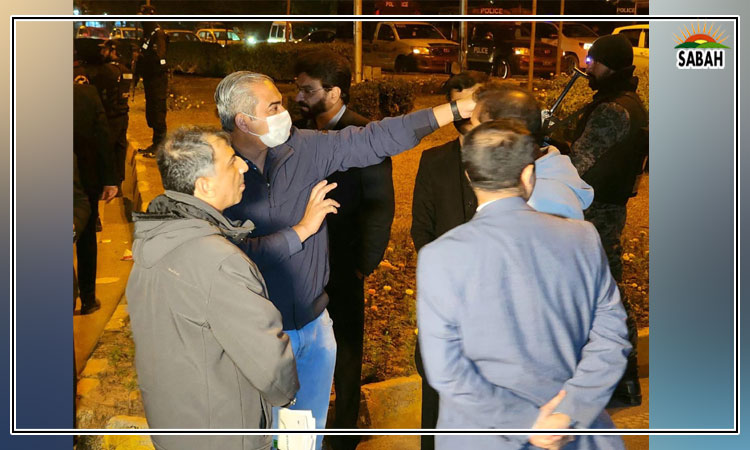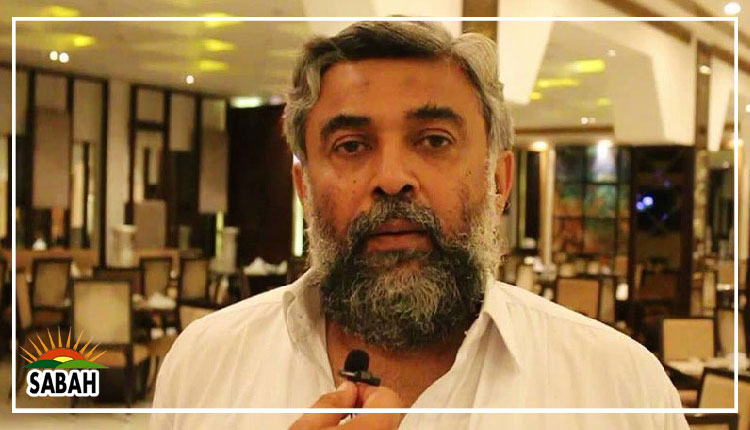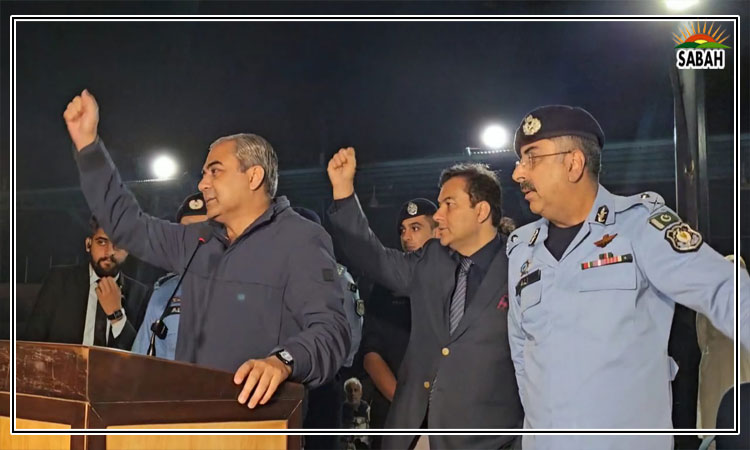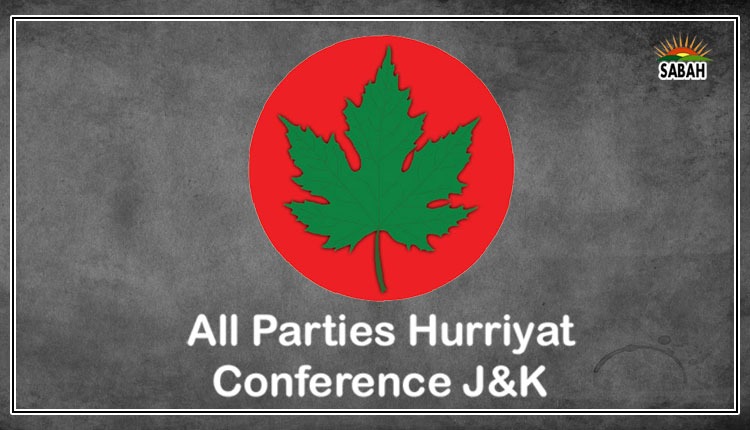Rethinking strategic assets…Sardar Ahmad Nawaz Sukhera
The term strategic is mostly used in military connotations, although its literal meaning translates into key or crucial. Oxford English Dictionary describes it as a plan of action or policy designed to achieve a major or overall aim.
In Pakistan, for example, we often hear strategic being used for military assets, especially nuclear assets, and the military formation responsible for everything concerning such assets is called the Strategic Plans Division. While there is understandable pride in such strategic assets, the national leadership needs to also consider the 240 million plus Pakistanis as potentially its greatest strategic asset and formulate policies towards realizing that potential as its first and foremost priority.
Lets first examine the case of how Singapore dealt with this issue. At the time of its independence in 1965, Singapore was poverty-ridden, had divergent ethnic groups, and was facing serious regional security challenges. It had no natural resources, rainwater was its principal source of drinking water, malaria was widespread, there was hardly any industry, insurgencies and wars were happening in its neighbourhood, the population was divided into strong ethnic lines, and Britain had announced the closure of its Royal Naval Base there, which had been the main pillar of Singapores economy and security.
So how did prime minister Lee Kuan Yew convert Singapore into Asias wealthiest economy on per capita basis, and turn it into the de-facto commercial center of Southeast Asia, in the span of a single generation? He designed a foreign policy that kept Singapore out of regional conflicts, created domestic cohesion to permit long-term policies, and pursued economic growth to sustain the population.
While doing all this, it was his insistence on, and pursuit of, excellence that not only generated individual excellence but also formulated and implemented policies that ensured that excellence permeated the entire society, be it government service, business, medicine, education, or anything else, while ensuring zero tolerance for corruption. Lee Kuan Yews primary focus was on converting his biggest liability the population into his strategic asset, and this unrelenting pursuit of excellence of his people is what made Singapore as we know it since the 1980s.
Now let’s look at the state of our society. Over 37 per cent of the population has already slid below the poverty line. The World Banks recent publication of the Human Capital Index (HCI) places Pakistan at 141 out of the 171 countries examined. Pakistans HCI of 0.41 is lower than the South Asian average of 0.48. Forty per cent of our children under the age of five suffer from stunted growth. This means a newborn child is expected to be only 40 per cent as productive as they could be by the age of 18 years if substantial improvements in human capital outcomes dont happen. The economic loss, accounting for stunting alone, is estimated at 5-7 per cent of the per capita income. Some recent research data from the World Bank and PIDE publications helps us understand the plight of our people.
One needs to remember that Article 25A of the constitution requires the state to provide free education to all our children between the ages of 5-16 years. Yet, 24 million of our children are out of school. The magnitude of our learning poverty can be judged from the fact that out of the 73 per cent of the children fortunate enough to be enrolled in schools, 78 per cent of 10-year-olds are unable to read and understand an age-appropriate text. We are not just behind other countries in the region but are languishing below the average for low-income countries. The effect of this can be gauged from the fact that in a recent study Pakistan was ranked 57th out of the 58 participating countries in terms of knowledge of mathematics and science.
Coming to the graduate level, one finds the unemployment rate hovering over 31 per cent (rural-43.5 per cent; urban-20.3 per cent), with 15.9 per cent for men and 50.8 per cent for women. This high unemployment rate of our graduates, especially for women, indicates not just a lack of opportunities but also serious issues with the knowledge and skills they have supposedly acquired during university education and their relevance to the job market.
On the health side, 40 per cent of our children under five are suffering from stunted growth, over 37 per cent population is now below the poverty line and possibly malnourished, the fertility rate is still at 3.3 while the regional countries have already gone below or around the replacement fertility rate, neonatal disorders still are the number one cause of deaths, and the population is growing at 2.55 per cent per annum, which is the highest rate in the region. How can we expect a healthy and productive labour force?
The World Bank has estimated that Pakistan needs to raise its spending from the current level of 2.4 per cent to 5.4 per cent of GDP to address the issue of basic education, and investment of 1.0 per cent of GDP would be required for the next 15 years to reduce child stunting levels to under 5.0 per cent and reduce fertility to replacements levels by 2035.
The constitution stipulates Pakistan to be a democratic state, where peoples representatives are to be elected through adult franchise. Pakistans demographic profile shows that 64 per cent of Pakistans population is below the age of 30, with 29 per cent in the 15-29-year age bracket. The total number of voters in the 2024 elections was 128.58 million, with young voters in the age bracket 18-35 numbering 56.86 million 44.22 per cent; 22.5 million new voters were registered for GE-2024.
This would mean that young voters will be a much higher proportion of total voters in the next elections. One can expect this majority group to be decisive in the formation and continuation of future governments. Their sensitivity to the current situation, and their expectations of the future, are going to force their voting behaviour. How and what their expectations will be from the governments and how they will react to public policies, given the rampant poverty, high inflation, malnutrition, and soaring unemployment, is not a difficult thing to imagine.
Not much sensitivity is required to understand how they feel on seeing roads in posh localities being carpeted over and over again, fancy underpasses being refurbished time and again, important city roads being turned into signal-free corridors, and new motorways being built, but no bike lanes for them, or zebra-crossings and overhead bridges for the poor pedestrians to cross over safely, and beautifully kept parks in rich neighbourhoods while they dont even have basic sports facilities in their areas?
Isnt it becoming a story of two Pakistans, one for the privileged elite and another for the masses? Over 700,000, including many doctors, engineers and IT specialists who were desperately needed here, have tried to escape these domestic realities by legally migrating abroad last year. How the state is going to respond to the expectations of the youth to have better economic opportunities and more sensitive governance here is of paramount interest now.
Given the dire financial state of the economy, what should be the governments response? Is the solution to pacify the imminent anger and frustration of the youth to dole out a few ration packets in Ramazan, a few laptops, and e-bikes to a few of the students? Is it to continue providing tax exemptions and subsidies to the vested interest groups? Is it to keep doling out handouts under BISP forever, with no known measures to help the recipients graduate out of poverty? Is the state waiting for trickle-down to happen, by making the rich richer? These are just some ticklish issues that would come to any sensitive mind.
Its for the government to figure out their policies to address such issues. But the voice of the youth needs to be immediately heard – and with empathy. Clamping down on social media and frequent slowing down of the internet, after controlling electronic and print media, rather than responding to their cries for help, is poor or no policy. The government needs to create a better stake in the system for its youth, lest they become utterly hopeless, and their frustration leads to a social upheaval.
Perhaps, all national and provincial leadership need to sit together in the CCI (Council of Common Interests) and devise a plan for improving the human development indicators of Pakistan, and announce that plan, so that ordinary people know what will be done for them over the next five years. The government should set a target for getting Pakistan to improve its HCI ranking from 141 to under 75 by the time they finish their tenure in five years.
One way could be to evaluate all development budget proposals on the criteria of how that expenditure would lead to an improvement in the HCI rankings. Perhaps the SIFC would like to monitor this direct investment in the Pakistani people too.
It may already be too late for hollow political statements. Its high time the government takes up the challenge in earnest, like Lee Kuan Yew did, to convert the Pakistani youth into its biggest strategic asset.
Courtesy The News


